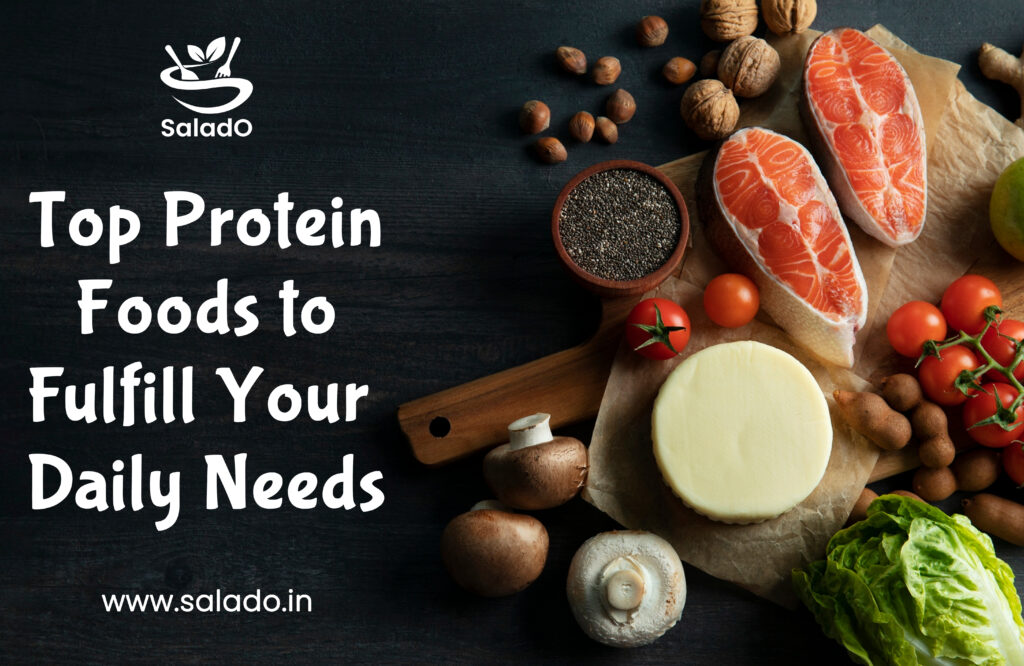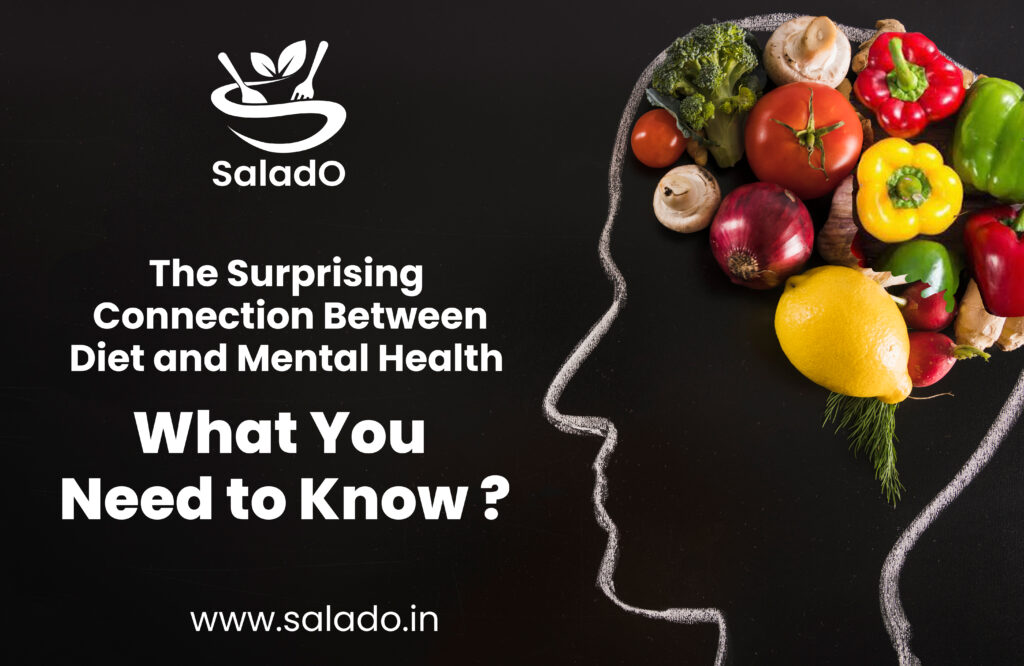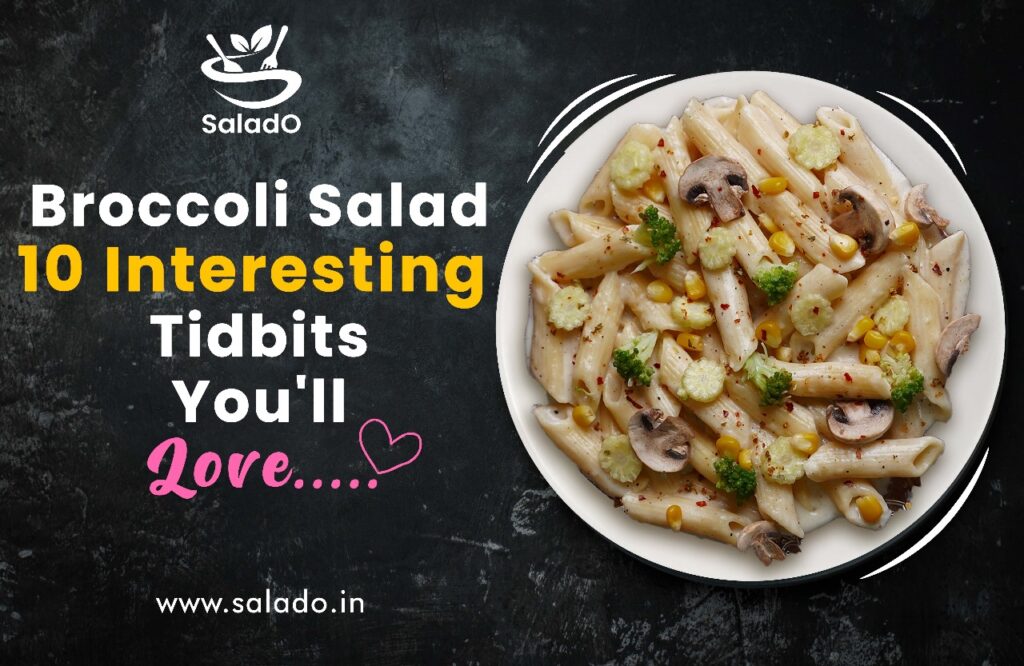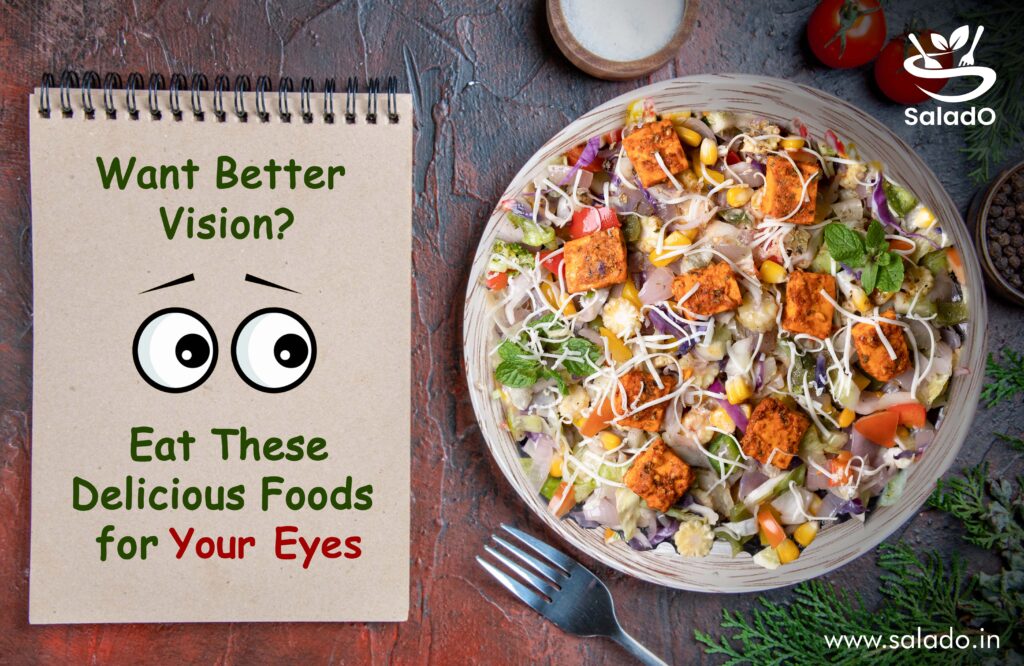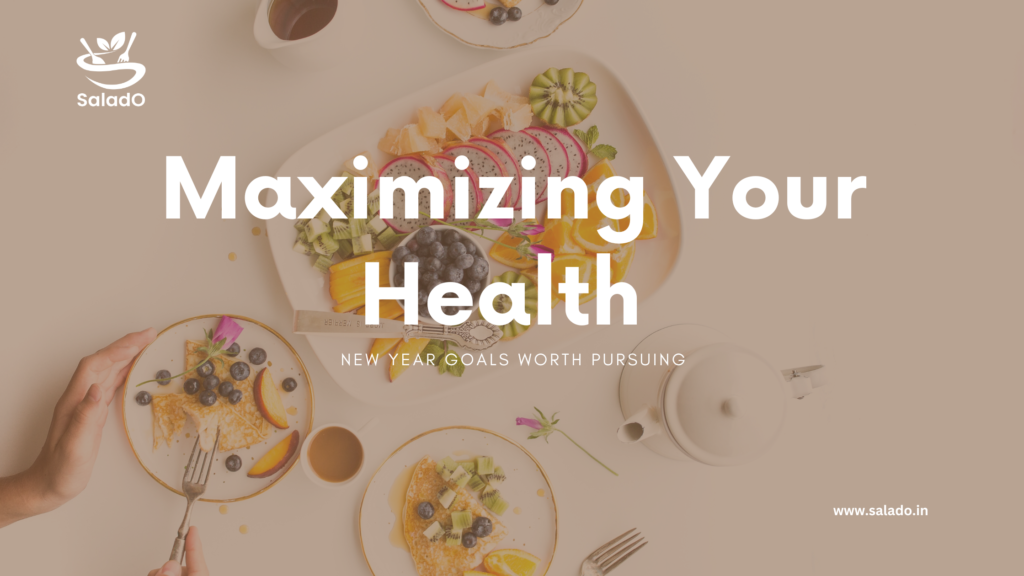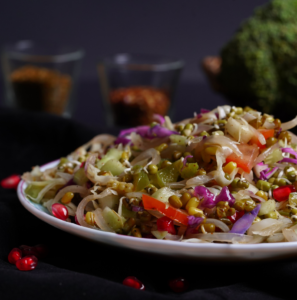1. Introduction: Setting New Year Goals for Health
Maximizing Your Health: New Year Goals Worth Pursuing
As we enter a new year, many of us have health and wellness at the top of our resolution list. However, setting unclear goals like “get healthy” or “exercise more” can be difficult to achieve and maintain. To make a lasting impact on your health, it’s important to set specific, achievable goals that will drive you toward success. In this blog post, we will explore some New Year goals that are worth pursuing to maximize your health. From establishing a regular exercise routine to incorporating more nutritious foods into your diet, these goals will help you create a sustainable and balanced approach to wellness. So, let’s dive in and make this year your healthiest yet!
2. The Importance of Health Goals: Why setting them is crucial for overall well-being
Setting goals is a fundamental aspect of achieving success in any area of life, and our health is no exception. By setting specific health goals, we give ourselves direction and purpose in our wellness journey. Without goals, it can be easy to fall into complacency and make excuses for not making positive changes.
Having clear health goals allows us to measure our progress and track our achievements. It provides a sense of accomplishment and motivates us to continue pushing forward. Whether your goal is to lose weight, improve cardiovascular fitness, or reduce stress, having a target to strive for gives us something concrete to work towards.
Moreover, health goals help us create a roadmap for our well-being. They guide our decision-making process when it comes to nutrition, exercise, and self-care. With well-defined goals, we are more likely to make choices that align with our desired outcomes.
Beyond the physical benefits, health goals also have a positive impact on our mental and emotional well-being. Achieving our health goals boosts our self-confidence and self-esteem. It reinforces the belief that we have the power to make positive changes in our lives.
However, it is crucial to set realistic and achievable goals. Setting overly ambitious or unrealistic goals can lead to frustration and disappointment, ultimately causing us to give up. It is important to take into consideration our current lifestyle, capabilities, and any potential limitations when setting health goals.
In conclusion, setting health goals is integral to maximizing our overall well-being. It provides us with direction, motivation, and a sense of accomplishment. By setting realistic and achievable goals, we can establish a sustainable and balanced approach to our health and wellness. So, as you embark on your health journey this year, remember the importance of setting specific, achievable goals that will empower you to live your healthiest life.
3. Setting Realistic Goals: Understanding the key factors to consider when establishing health objectives
When it comes to setting health goals, it’s important to be realistic and consider various factors that can influence your journey. Understanding these key factors is essential in establishing objectives that are attainable and sustainable.
1. Current Lifestyle: Take a close look at your current lifestyle and consider your daily commitments, responsibilities, and time constraints. Setting goals that are feasible within the context of your lifestyle will increase your chances of success.
2. Capabilities: Assess your physical abilities and acknowledge any limitations you may have. It’s crucial to set goals that are within your capabilities to avoid frustration and potential injury. Remember, progress is a journey, and it’s important to start where you are and build from there.
3. Health Conditions: If you have any underlying health conditions or physical limitations, it’s crucial to consult with a healthcare professional before setting goals. They can provide guidance and ensure that your goals align with your overall health and well-being.
4. Gradual Progression: Rome wasn’t built in a day, and the same applies to your health goals. It’s essential to approach your goals with a mindset of gradual progression. Set smaller milestones and celebrate your achievements along the way, as these will help to keep you motivated and inspired.
5. Balancing Objectives: Consider the overall balance of your health goals. It’s important to include a variety of objectives that address different aspects of your well-being, such as nutrition, exercise, mental health, and self-care. This holistic approach to goal-setting will promote overall wellness and prevent burnout.
By taking these key factors into account, you can establish health objectives that are realistic, attainable, and tailored to your unique circumstances. Remember, the journey to better health is a marathon, not a sprint. So, take the time to set meaningful goals that will empower you to make lasting changes and live your healthiest life.
4. Physical Goals: Focusing on exercise and nutrition to improve your physical well-being
Physical Goals: Focusing on Exercise and Nutrition to Improve Your Physical Well-being
Now that you have considered the factors that can influence your health goals, it’s time to delve deeper into specific areas of focus. One of the most important aspects of maximizing your health is prioritizing your physical well-being through exercise and nutrition.
Regular exercise is crucial for maintaining overall health and preventing chronic diseases. Setting physical goals that align with your capabilities and current lifestyle will help you establish a sustainable exercise routine. Whether it’s committing to a certain number of workouts per week, increasing your daily step count, or improving your flexibility and strength, setting specific exercise goals can keep you motivated and on track.
In addition to exercise, nutrition plays a significant role in your overall well-being. Setting goals to improve your eating habits can have a profound impact on your health. Consider including objectives such as eating a certain number of servings of fruits and vegetables each day, reducing your intake of processed foods, or drinking more water. These small changes can lead to significant improvements in your energy levels, immune system, and overall vitality.
To achieve your physical goals, it’s important to create a plan that takes into account your current fitness level and lifestyle. You may want to consider consulting with a fitness professional or a registered dietitian who can provide guidance tailored to your individual needs.
Remember, the key to success is gradual progression and consistency. Start where you are and build upon your achievements. Setting smaller, achievable milestones along the way will not only keep you motivated but also help you track your progress and adjust your goals accordingly.
By prioritizing exercise and nutrition and setting specific physical goals, you will be well on your way to maximizing your health and living your best life. Stay tuned for the next section, where we will discuss the importance of mental health goals in your journey to overall well-being.
5. Mental Health Goals: Prioritizing your mental well-being through stress management and self-care techniques
Now that we have discussed the importance of physical goals in maximizing your health, it’s time to shift our focus to mental health goals. Prioritizing your mental well-being is just as crucial as taking care of your physical health. In today’s fast-paced and stressful world, it’s essential to pay attention to your mental state and implement strategies to manage stress effectively.
Setting mental health goals such as incorporating regular stress management techniques into your daily routine can have a significant impact on your overall well-being. This may include adding mindfulness or meditation practices, engaging in activities that bring you joy and relaxation, or seeking professional help if needed. Remember, taking care of your mental health is not a luxury but a necessity.
Self-care is another key aspect of prioritizing your mental well-being. This involves carving out time for yourself to engage in activities that rejuvenate and recharge you. Whether it’s reading a book, taking a long bath, or practicing a hobby, find what works for you and make it a priority.
As with physical goals, it’s important to set specific and achievable milestones for your mental health goals. Regularly assessing your progress and making adjustments as needed will help you stay on track and motivated.
Remember, a healthy mind goes hand in hand with a healthy body. By prioritizing your mental health and setting achievable goals, you will be well on your way to maximizing your overall well-being. Stay tuned for the next section, where we will discuss the significance of setting social goals in your journey to a healthier and more fulfilling life.
6. Emotional Goals: Developing emotional intelligence and finding strategies to enhance emotional well-being
In addition to physical and mental health goals, it’s essential to prioritize emotional well-being as part of your journey to maximizing your overall health. Emotional goals involve developing emotional intelligence and finding strategies to enhance your emotions in a healthy and constructive way.
Emotional intelligence refers to effectively understanding and managing emotions, both your own and others’. By developing this skill, you can improve your relationships, handle stress more effectively, and make better decisions. It involves being aware of your emotions, recognizing how they influence your thoughts and behaviors, and responding to them in a productive manner.
To achieve emotional goals, it’s important to practice self-reflection and self-awareness. Take time to understand your emotions, their triggers, and how they affect your well-being. Find healthy outlets to express and process your emotions, such as journaling, talking to a trusted friend, or seeking professional guidance if needed.
Additionally, finding strategies to enhance emotional well-being can greatly contribute to your overall health. This may include practicing self-care activities that bring you joy, such as engaging in hobbies, spending time in nature, or listening to music. It can also involve seeking support from loved ones or joining a support group to connect with others who may be experiencing similar emotions.
Remember, setting emotional goals is an ongoing process. Regularly evaluating your emotional well-being, identifying areas for improvement, and taking steps to enhance it will lead to a more balanced and fulfilling life. Stay tuned for the next section, where we will discuss the significance of setting social goals in your journey to a healthier and happier life.
7. Social Goals: Nurturing healthy relationships and fostering a supportive social network
Social goals play a crucial role in maximizing your overall health and well-being. Nurturing healthy relationships and fostering a supportive social network can have numerous benefits, ranging from increased happiness and reduced stress to improved physical health and longevity.
Developing social goals involves creating meaningful connections with others and actively engaging in social activities. It’s important to prioritize quality over quantity when it comes to relationships. Seek out individuals who uplift and support you, and invest your time and energy in building and maintaining those connections.
To nurture healthy relationships, practice active listening and empathy. Show genuine interest in others’ lives and be present in your interactions. Engage in open and honest communication, expressing your thoughts and feelings while respecting those of others.
In addition, participating in social activities can help you expand your network, meet new people, and discover shared interests. Join clubs, organizations, or volunteer groups that align with your passions and values. Participating in community events or taking up team sports are also great ways to meet like-minded individuals.
Remember that social goals should be balanced and aligned with your personal values. While it’s important to socialize and build connections, make sure to also prioritize self-care and set boundaries to protect your mental and emotional well-being.
By nurturing healthy relationships and fostering a supportive social network, you will not only enhance your emotional well-being but also create a support system that can help you navigate life’s challenges. In the next section, we will explore the significance of setting professional goals and how they contribute to maximizing your overall health. Stay tuned!
8. Monitoring and Tracking: Utilizing tools and apps to track progress and promote accountability
Setting professional goals is an essential aspect of maximizing your overall health and well-being. These goals can help you stay focused and motivated, giving you a sense of purpose and direction in your career. By setting clear objectives and creating a plan to achieve them, you can experience personal and professional growth, leading to increased job satisfaction and a stronger sense of fulfillment.
Monitoring and tracking your progress is crucial in ensuring that you are on track to achieve your professional goals. Utilizing tools and apps specifically designed for goal tracking can help you stay organized and accountable. These tools allow you to set milestones, track your progress, and celebrate your achievements along the way. They also provide valuable insights into your productivity and time management, allowing you to make necessary adjustments and improvements.
In addition to utilizing goal tracking tools, it’s important to regularly evaluate and assess your progress. Reflect on your accomplishments, challenges, and areas for improvement. This self-reflection allows you to refine and fine-tune your goals, ensuring that they remain relevant and aligned with your aspirations.
When monitoring and tracking your professional goals, it’s essential to set realistic expectations and be flexible. Life is unpredictable, and circumstances may change, requiring you to adjust your plans accordingly. By remaining adaptable and open to new opportunities, you can navigate any obstacles that come your way while staying focused on achieving your ultimate objectives.
In the next section, we will explore the importance of setting financial goals and how they contribute to maximizing your overall health and well-being. Stay tuned for valuable insights and tips on managing your finances to improve your quality of life.
9. Staying Motivated: Techniques and tips to maintain motivation throughout the year
Maintaining motivation is crucial for achieving your professional goals and maximizing your overall health and well-being. Throughout the year, it’s normal to experience moments of doubt, fatigue, or a lack of enthusiasm. However, there are techniques and tips that can help you stay motivated and overcome these challenges.
One effective technique is to break down your goals into smaller, manageable tasks. By doing so, you create a sense of progress and accomplishment as you complete each task. This can help you stay motivated as you see yourself making steady progress towards your ultimate goal.
Another technique is to surround yourself with a supportive network of individuals who share similar goals or values. Being part of a community can provide encouragement, accountability, and inspiration. You can join professional organizations, attend networking events, or connect with like-minded individuals online.
Additionally, visualizing your success can be a powerful motivational tool. Take a few moments each day to imagine yourself achieving your goals and experiencing the benefits that come with it. This can help you stay focused and determined, even during challenging times.
It’s also important to celebrate your achievements along the way. Recognize and reward yourself for reaching milestones and making progress. This not only boosts your motivation but also reinforces positive habits and behaviors.
Lastly, remember to take care of yourself physically and emotionally. Prioritize self-care activities such as exercise, healthy eating, and practicing stress management techniques. When you are in good physical and mental health, you are more likely to maintain high levels of motivation and productivity.
By incorporating these techniques and tips into your daily routine, you can stay motivated and maintain momentum throughout the year. In the following sections, we will delve into other areas of maximizing your health, including setting personal goals and fostering work-life balance. Stay tuned for more valuable insights and strategies.
10. Conclusion: Embracing the New Year as an opportunity for personal growth and health
Conclusion: Embracing the New Year as an opportunity for personal growth and optimal health
As the New Year approaches, it’s time to reflect on our current health and set new goals for the upcoming year. By maintaining motivation, breaking down goals, surrounding ourselves with a supportive network, visualizing success, and celebrating achievements, we increase our chances of overall health success. These techniques not only keep us on track but also empower us to overcome obstacles along the way.
